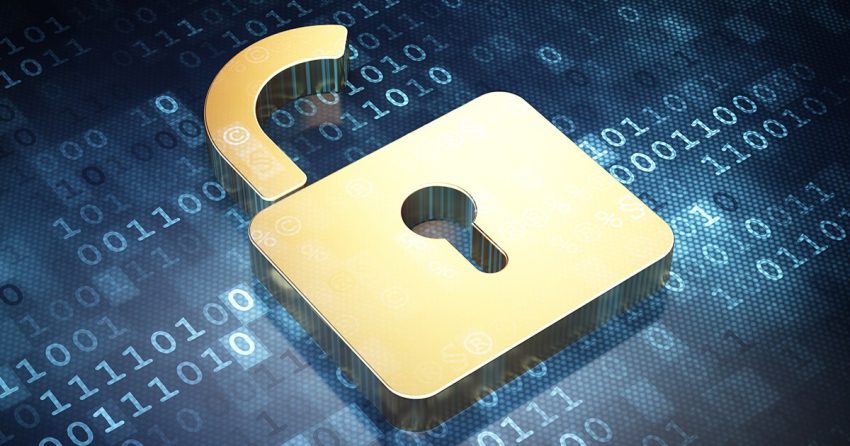In 2017 we added 2 new backup servers to the network. The purpose of those servers is to store our backups in a remote and secure location.
Backups run on a schedule twice a week. We take backups of each site including the files, database, and emails, and then this backup is sent to a separate server for storage. For maximum safety, our EU data center stores its backups in NA while our NA servers are storing backups in the EU.
Each of the servers has a dual 2TB hard disk in a RAID array for redundancy. This means that the data is safe even if there is a hardware failure of one of the disks. Older backups are put in cold storage.
Remote data backups allow us to back up the data of the hosted websites to a separate, secure location through the Internet. Because data is stored in separate locations, it’s kept safe, even if a natural or man-made event destroys the physical premises and local network. In case something goes wrong, we can quickly go back and restore a backup.
Previously, our backups were stored in the cloud but we were running out of space as the network grows in size. The tech team found it would be more economical to just add secondary storage servers to our network.
How backups saved this network from death
In March 2021, we were reminded once again of the importance of having off-site backups as well as preparing a Disaster Recovery Plan (DRP) when a major fire destroyed the data center where our European servers are hosted. Without our backup strategy, we would have lost all of the data related to the 30 websites we are hosting, including 10 websites from our own network. Thankfully, our DRP allowed us to be quickly back online, while millions of other websites permanently disappeared from the internet because they didn’t have any backups.
This article has been updated in 2022 to add information about the data center fire in 2021.
